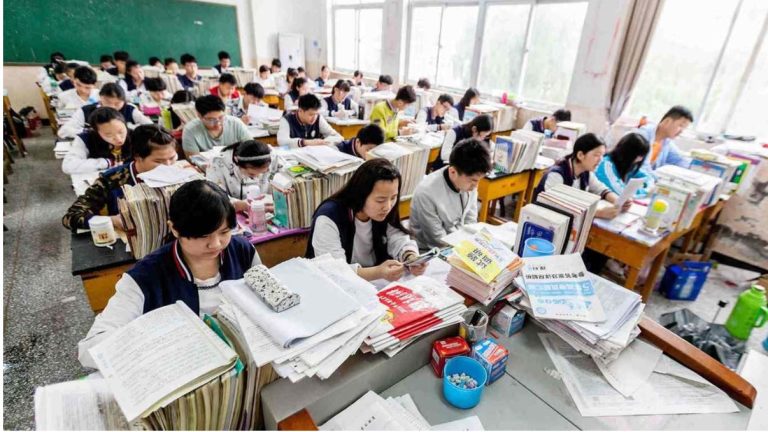China Unveils Tax Incentives for Foreign Firms Reinvesting Profits Locally
Beijing, Aug. 6, 2025 – In a bid to shore up sagging foreign investment, China has rolled out detailed tax incentives to encourage overseas companies to reinvest their China profits back into local operations. New guidance issued by the State Taxation Administration (STA) allows foreign investors to claim a tax credit of 10% on reinvested earnings, provided the funds remain in China for at least five yearsenglish.www.gov.cnenglish.www.gov.cn. The policy, effective retroactively from January 1, 2025 through 2028, is part of Beijing’s broader push to stabilize capital inflows amid a 13% drop in foreign direct investment (FDI) earlier this yearreuters.comreuters.com.
Under the STA’s notice (Announcement [2025] No. 17), a foreign parent company that uses profits from its Chinese subsidiary to increase equity in China – for example, by injecting capital or funding a new venture – can offset 10% of the reinvested amount against its tax liabilitiesenglish.www.gov.cn. “For example, a foreign company that reinvests 10 million yuan ($1.4 million) in distributed profits can claim a 1 million yuan tax credit,” the official guidance explainedenglish.www.gov.cn. If the investor later divests after five years, it must pay the deferred withholding tax, but the credited amount can be used to offset that billenglish.www.gov.cn. Alternatively, companies from countries with favorable tax treaties may opt for a lower credit rate as per treaty termsenglish.www.gov.cn. The incentive is slated to run through end-2028, though unused tax credits can carry over beyond that dateenglish.www.gov.cn.
Chinese officials say the program delivers a win-win: reducing tax costs for foreign businesses while channeling much-needed funds into the local economy. “The policy reduces the tax burden on foreign enterprises and supports the stable development of China’s economy,” said Li Xuhong of the Beijing National Accounting Institute, adding that it “sends a strong signal that China welcomes long-term investment”english.www.gov.cn. The credit covers a range of reinvestment modes – from straightforward profit-to-equity injections to using profit-derived assets like equipment or stock subscriptions – with detailed rules on calculating and tracking the credits over timeenglish.www.gov.cn. Analysts note that this comes as FDI into China has been slowing: inflows in January–May 2025 were ¥358.2 billion (~$50 billion), down 13.2% year-on-year amid global economic uncertaintiesreuters.com. In response, authorities have unveiled multiple measures, from expanding market access to streamlining approvals, to retain and attract foreign capitalreuters.comreuters.com.
For foreign multinationals, the new tax break presents an opportunity to fund expansion or new projects in China at a lower effective cost. Many companies habitually repatriate dividends from China due to capital controls or shareholder pressure; the 10% credit now tilts the calculus toward reinvesting locally, especially for those with growth plans in high-tech, green energy, or other encouraged sectors. Local governments are even setting up “reinvestment project databases” and offering support services to guide foreign firms to eligible projectsreuters.comreuters.com. However, tax advisors caution that the benefit comes with strings attached: if an investment is liquidated before five years, the deferred taxes come due, nullifying the savingsenglish.www.gov.cn. Companies will need to balance the appeal of the credit against the required lock-up period. Still, the incentive’s design – including flexibility to carry forward unused credits beyond 2028english.www.gov.cn – reflects Beijing’s determination to restore investor confidence. “This provision better takes into account the actual needs of foreign investors and supports them in continuing to share in the growth dividends of Chinese companies,” noted Bai Yanfeng of Central University of Finance and Economicsenglish.www.gov.cn. In essence, China is sweetening the pot for those willing to double down on its market, at a time when global boardrooms are weighing the risks of decoupling versus the rewards of staying put.






